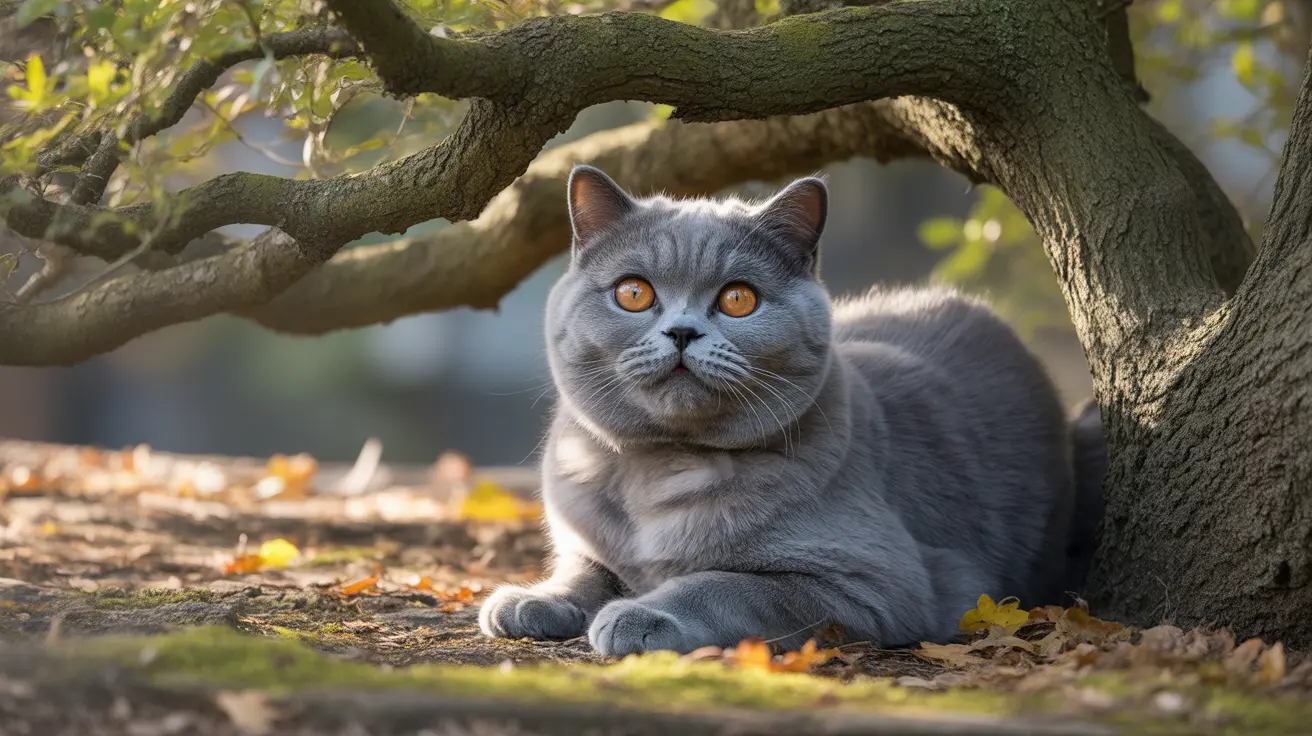The enigmatic Cheshire Cat, with its legendary vanishing grin, has captivated imaginations for generations. While this mysterious feline is one of literature's most memorable characters, many wonder about its real-world origins and existence. Let's explore the fascinating truth behind this iconic creature.
From its literary debut in Lewis Carroll's 1865 masterpiece "Alice's Adventures in Wonderland" to its enduring presence in popular culture, the Cheshire Cat represents a unique blend of folklore, imagination, and cultural symbolism. But what's the reality behind this peculiar purple-and-pink striped cat with an unforgettable smile?
The Literary Origins of the Cheshire Cat
The Cheshire Cat first emerged as a major character in Carroll's beloved novel, where it serves as Alice's cryptic guide through Wonderland. Known for its philosophical musings and ability to disappear at will, leaving only its distinctive grin behind, the character quickly became one of literature's most memorable creations.
Interestingly, the phrase "grin like a Cheshire Cat" existed in English language well before Carroll's work, appearing in various literary pieces including the 1855 novel "The Newcomes." This suggests deeper cultural roots for this fascinating feline character.
The Historical Connection to Cheshire County
While the Cheshire Cat itself isn't a real animal species, its name has fascinating historical origins in Cheshire, England. Several theories attempt to explain the connection between grinning cats and this particular region:
- One popular theory suggests that Cheshire cheese makers once molded their cheeses into cat shapes, complete with broad grins.
- Another explanation points to the prevalence of inn signs featuring grinning lions or other felines throughout Cheshire county.
Cultural Impact and Modern Interpretations
Though not a real cat breed, the Cheshire Cat's influence on popular culture is undeniable. Its most famous adaptation appears in Disney's 1951 animated film "Alice in Wonderland," which established the now-iconic pink and purple color scheme and mischievous personality that modern audiences associate with the character.
The character's influence extends beyond entertainment into various fields:
- Scientific phenomena (the "quantum Cheshire Cat" effect)
- Art and design
- Marketing and merchandising
- Popular phrases and expressions
Understanding the Symbolism
In Carroll's work, the Cheshire Cat represents several complex themes:
- The nature of reality and perception
- The thin line between wisdom and madness
- The power of uncertainty and ambiguity
- The role of guidance in times of confusion
Frequently Asked Questions
Is the Cheshire Cat a real animal or just a fictional character from Alice's Adventures in Wonderland?
The Cheshire Cat is purely a fictional character. While it was inspired by various cultural and historical elements, there is no actual cat breed or species known as the Cheshire Cat.
Where does the phrase "grin like a Cheshire cat" come from, and what does it mean?
The phrase predates Carroll's novel and is believed to originate from Cheshire County, England. It refers to a broad, knowing smile and may have connections to local cheese-making traditions or inn signs featuring grinning cats.
What inspired Lewis Carroll to create the Cheshire Cat character with its famous grin and disappearing act?
Carroll drew inspiration from existing English folklore, the common phrase "grin like a Cheshire cat," and possibly from local Cheshire County traditions. The character's mysterious abilities reflect the author's interest in logic and paradox.
What symbolic meanings does the Cheshire Cat represent in literature and culture?
The Cheshire Cat symbolizes the paradoxical nature of reality, the relationship between madness and wisdom, and serves as a guide through uncertainty. Its ability to disappear represents the transient nature of truth and understanding.
How has the Cheshire Cat been depicted in films and pop culture since its creation?
The character has been adapted numerous times, most famously in Disney's 1951 animated film. It continues to appear in movies, TV shows, art, and merchandise, often portrayed with its signature pink and purple coloring and enigmatic personality.
Conclusion
While the Cheshire Cat isn't a real animal, its cultural impact and symbolic significance make it one of literature's most enduring creations. From its mysterious origins in English folklore to its modern interpretations in popular culture, this fascinating feline continues to capture imaginations and prompt discussions about reality, perception, and the nature of wisdom.






